What do you need to prepare for mountain climbing?
Essential Gear for Mountain Climbing Preparation
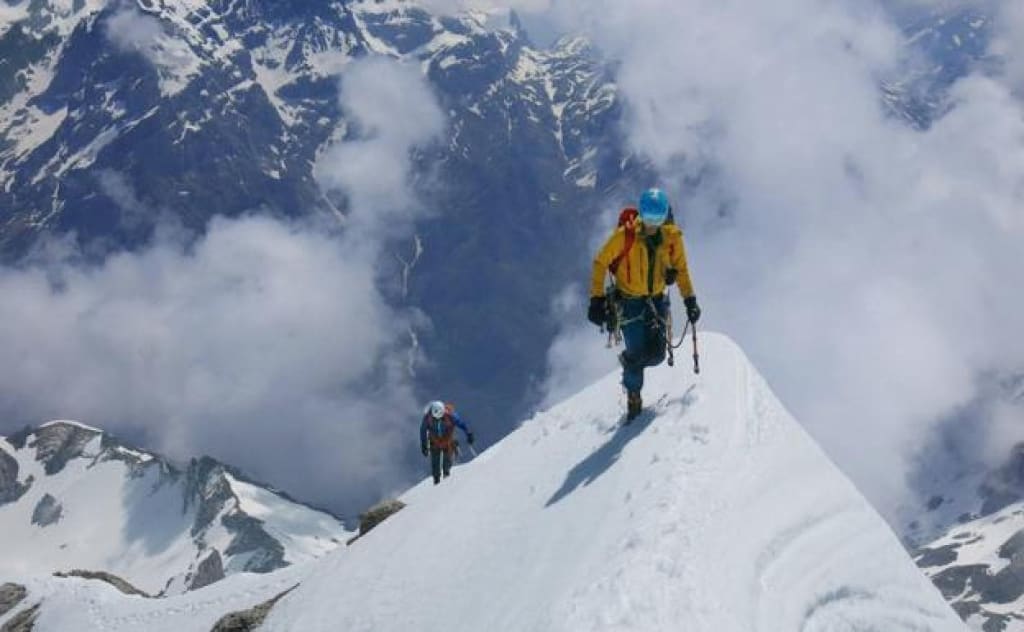
On a move to arrive at the highest point of a pinnacle, you can encounter many landscape and weather patterns. Where you could begin on a very much kept-up-with trail in a sweltering climate, higher heights can incorporate off-trail travel on snow or glacial masses with high breezes and freezing temps.
To remain agreeable while mountaineering, you want to dress in layers, similarly to while hiking. With layers, you can change your solace level by putting on and eliminating things as conditions or your effort level changes. On the off chance that you begin to burn some serious calories, you can pause and take off a coat. In the event that you feel chilled, you can return it.
Precisely what layers you decide to wear and pack for a mountaineering excursion will rely upon trip particulars like where you're going, what season it and conditions you're probably going to experience. This article will assist you with understanding the fundamentals of dressing for mountaineering by examining normal choices for base layers, mid layers, protection layers, external layers, and embellishments. As you read on and come to conclusions about what to wear, here are some things to remember:
Weather conditions can change rapidly: Make certain to consider the full scope of temperatures and climate you might experience. Conditions can be decisively unique as you go from climbing underneath timberline to crossing a glacial mass to arrive at the highest point.
Weight versus solace: You would rather not over-burden your load with heaps of additional attire, yet you need to be agreeable. Ponder what you should be open to during your trip. There will continuously be tradeoffs that can make choosing troublesome. For example, a super-protected coat will be heavier and bulkier than a trimmer one, yet in addition hotter.
Usefulness: Outside dress can be stacked with highlights, from pockets, vents, and hoods to things like sun security, bug repellent, and antimicrobial medicines to diminish scents. As you consider clothing choices, contemplate what's vital to you and what highlights will improve the exhibition of the pieces you pick. Attempt to stay away from pointless highlights that mainly add weight and cost.
Textures: Cotton consumes most of the day to dry and is an unfortunate encasing, so it ought to continuously be tried not to on mountain climber gets over. Pick fleece or engineered choices, similar to polyester or nylon, all things considered.
Base Layers for Mountaineering.
Your close-to-skin clothing is significant on the grounds that it assists with keeping your skin dry by wicking dampness, so you stay warm and agreeable. Textures, for example, polyester or merino fleece are both great decisions.
Underwear: Choosing the right style of underwear is a matter of personal preference. Generally, it's best to opt for airy and breathable underwear made from wool or synthetic materials.
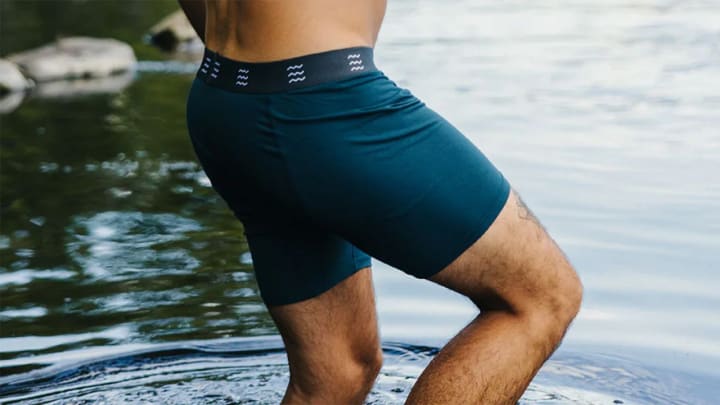
T-shirt: A lightweight synthetic or wool T-shirt can be a great layer for a warm approach hike. Some climbers prefer to skip it and wear their long-underwear tops instead to save weight. Short sleeves offer better ventilation, while long sleeves provide more sun protection.
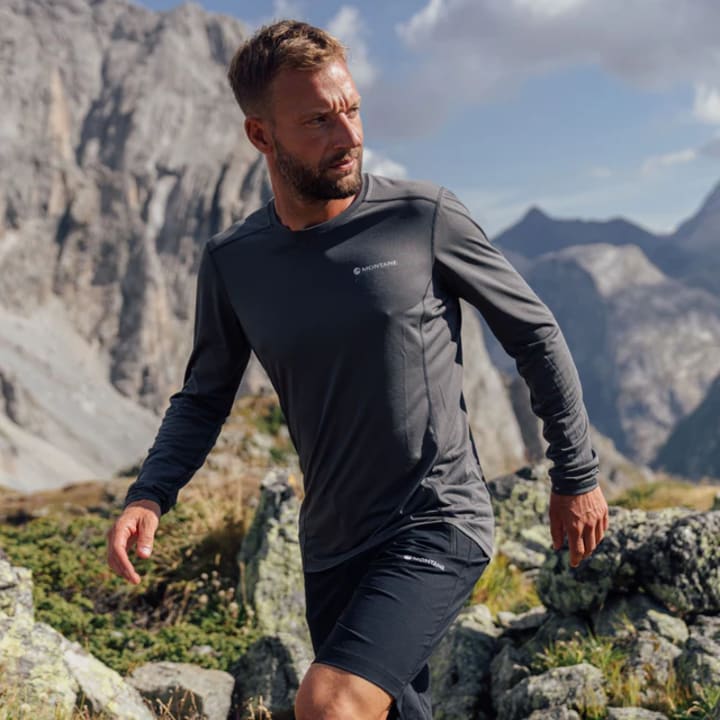
Long-underwear bottoms: Essential for mountaineering climbs, long-underwear bottoms are likely to stay in your pack during a warm approach hike. However, you'll wear them under your climbing pants when cooling off at camp or preparing for your summit climb. They're also great for sleeping in. Lightweight or midweight bottoms made from wool or synthetic materials are ideal. For early- or late-season climbs with extremely cold temperatures, heavyweight long-underwear bottoms are a better option.
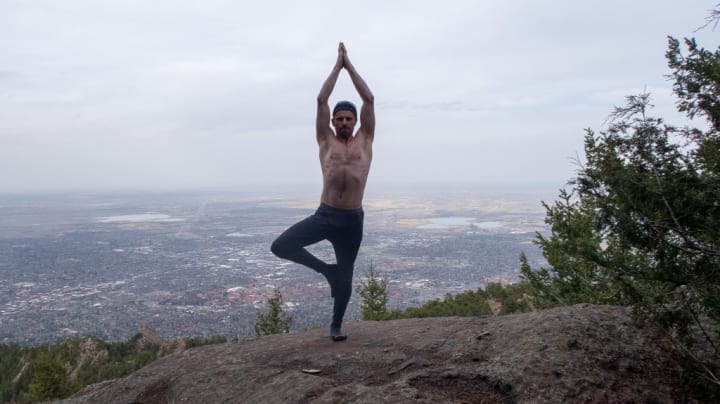
Socks: High-quality socks are crucial for keeping your feet warm, dry, and comfortable on a long climb. Opt for wool or synthetic materials, never cotton. The number of pairs you bring depends on the length of your trip and personal preference, but for a multi-day trip, two pairs are usually sufficient. Consider a lighter pair for warmer conditions at lower elevations and a midweight or heavyweight pair for higher altitudes.

Mid Layers for Mountaineering
Mid layers offer warmth, resistance to abrasion, water and wind resistance, and water resistance when worn over base layers. While there are many options available for mid-layers, fleece jackets, soft-shell jackets, and soft-shell climbing leggings are some of the traditional options for mountaineering.
Fleece jacket: During your approach trek, a lightweight fleece jacket is a great item to throw on over your long underwear top when you stop for a break. It's likely that you'll wear it on the day of your summit when you get up early.
Soft-shell jacket: This item can be somewhat interchangeable with a fleece jacket; you might choose one or the other, or even carry both depending on the conditions. The advantages of a soft-shell jacket include better wind and water resistance compared to a fleece, and better breathability compared to a fully waterproof rain jacket. A helmet-compatible hood is a beneficial feature to consider.
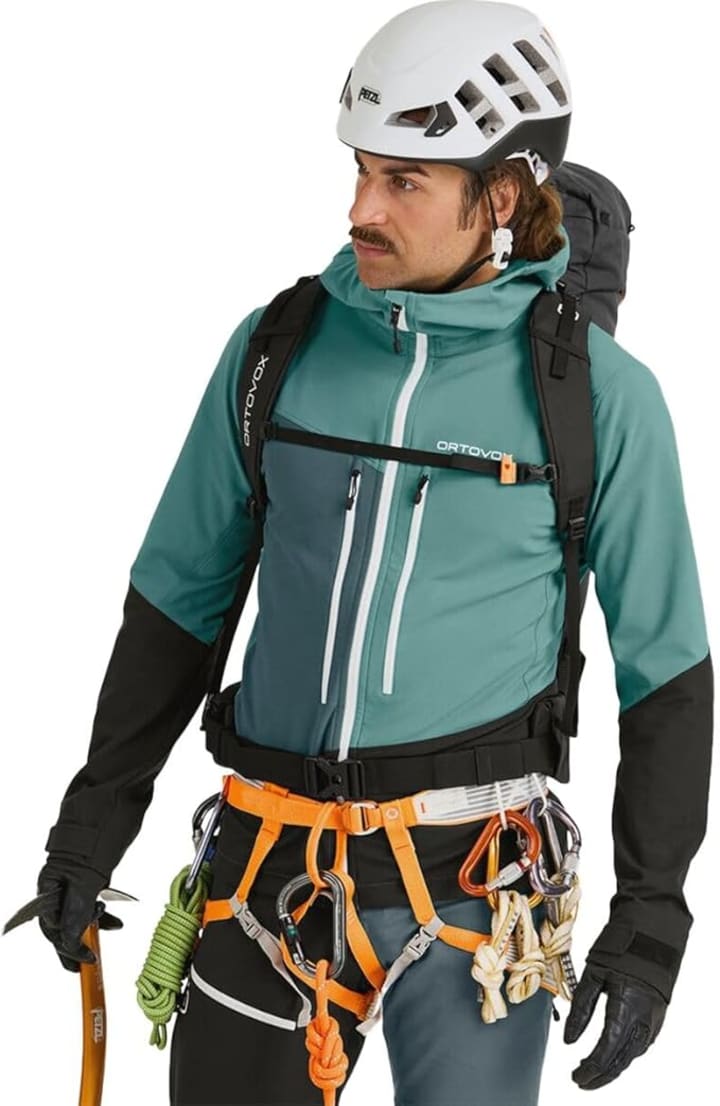
Soft-shell climbing pants: A good pair of soft-shell climbing pants is essential for every mountaineer. You'll wear them from the parking lot to the summit and back. They are more durable than hiking pants and provide better wind and rain protection. Their stretchy fabric allows for the necessary range of motion for climbing. On a warm approach hike, you can wear them over just your underwear. Higher up, when it gets cooler, you can layer them over long underwear and/or under rain pants.
Sun hat: A wide-brimmed hat or baseball cap is crucial for providing shade when hiking under intense sun. Some hats feature a sun cape on the back to protect your neck.
Liner gloves: Lightweight liner gloves are useful when you're lower on the mountain, where temperatures are not too cold but you still want some warmth and protection against the snow if you slip and need to put a hand down. Liner gloves also offer sun protection.
Insulation Layers for Mountaineering
The amount of insulation you'll need varies greatly depending on your destination and the time of year. For ascents on mountains where cold temperatures are common, you'll require a fairly substantial insulated jacket, and insulated pants are likely necessary as well. For lower peaks or mountains in areas where extreme cold isn't a concern, a lighter jacket, and no insulated pants may suffice.
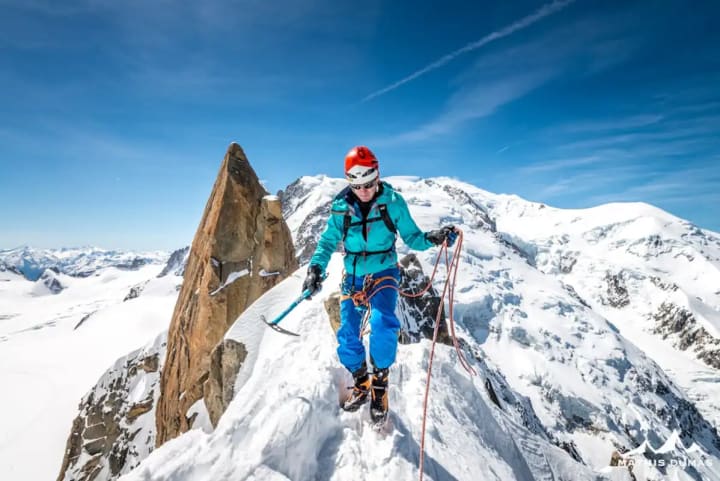
Insulated pants: Depending on the time of year and location of your climb, insulated pants may be optional. For warm-weather ascents, you might not need them. However, for big peak climbs or early- or late-season ascents of smaller mountains, a warm pair of insulated pants will be helpful when you're high on the route or resting at camp. Look for pants with full-length side zippers so you can put them on while wearing boots and crampons. As with jackets, you can choose between down and synthetic insulation.
Winter hat: Bring a low-profile winter hat that fits underneath your climbing helmet.
Glacier glasses: Everyday sunglasses may not suffice on the mountain. Glacier glasses are specifically designed to protect your eyes from intense light at high altitudes and sunlight reflecting off snow. They often have wrap-around extensions to block light from the sides. Most glacier glasses have a visible light transmission (the amount of light reaching your eyes through the lenses) of 5%-19%, while everyday sunglasses usually range from 20%-40%.
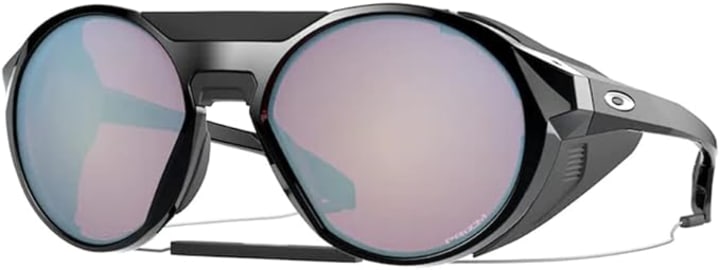
Midweight gloves: Higher on the mountain, your liner gloves may not provide enough warmth. A pair of midweight gloves should offer ample warmth for cold weather while still providing enough dexterity to handle ropes, hold an ice axe, and operate zippers.
Gaiters: Gaiters keep snow and rain out of your boots and help contain baggy pant cuffs, reducing the chance of snagging a crampon and ripping your pants. Choose a tall pair that reaches just below your knees and has reinforcements at the insteps.
Outer Layers (Rain Jacket and Pants) for Mountaineering
Your outer layers are your waterproof layers. These may stay in your pack for most of the trip if the weather is dry. However, a waterproof jacket and pants also provide excellent wind protection, so don't hesitate to wear them even if it's not raining or snowing.
Waterproof jacket: Look for a straightforward waterproof/breathable shell jacket that keeps you reliably dry. Ensure the hood is designed to fit over a climbing helmet. It's also helpful if the pockets are positioned so you can access them while wearing your backpack.
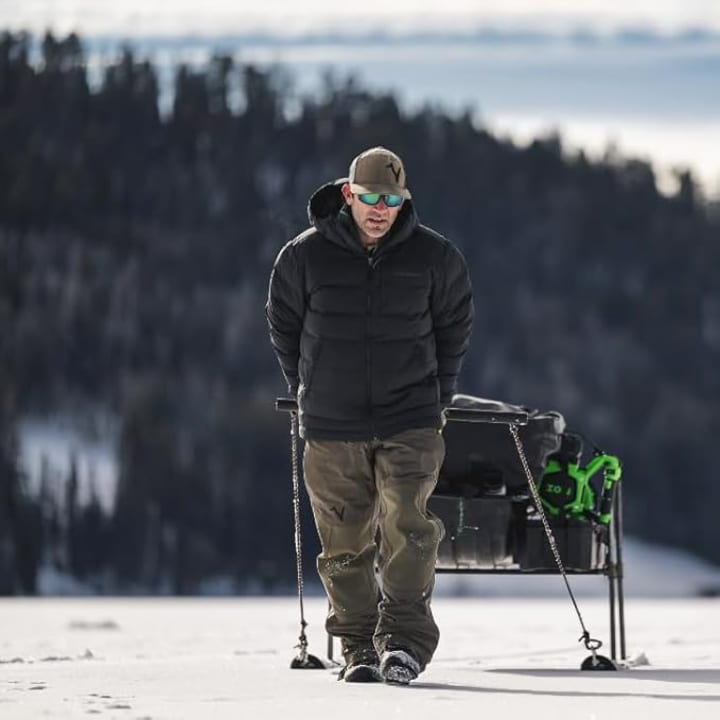
Waterproof pants: Lightweight waterproof shell pants are essential for keeping your other layers dry in rain or snow. You’ll also likely want to wear them during long sections of glissading. As with insulated pants, full-length side zippers are crucial to allow you to put the pants on with boots and crampons.
Ski goggles: If you expect extremely cold temperatures and high winds, bring a pair of ski goggles in addition to your glacier glasses. They provide better warmth and wind protection.
Neck gaiter or balaclava: When the wind picks up and the temperature drops, a neck gaiter or balaclava will keep your face warm. A versatile neck gaiter that can be worn in multiple ways is especially useful for mountaineering, serving as a hat, ear band, or face mask.
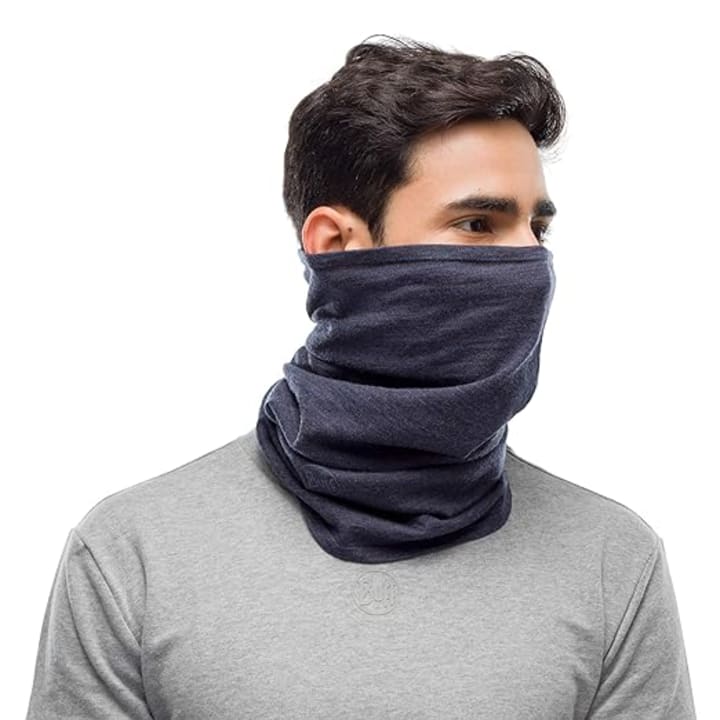
Insulated mittens: A warm pair of insulated mittens is ideal for very cold conditions high on the mountain. They will reduce your dexterity but keep your fingers warm. They might stay in your pack most of the time, but you’ll be glad to have them when you need them.
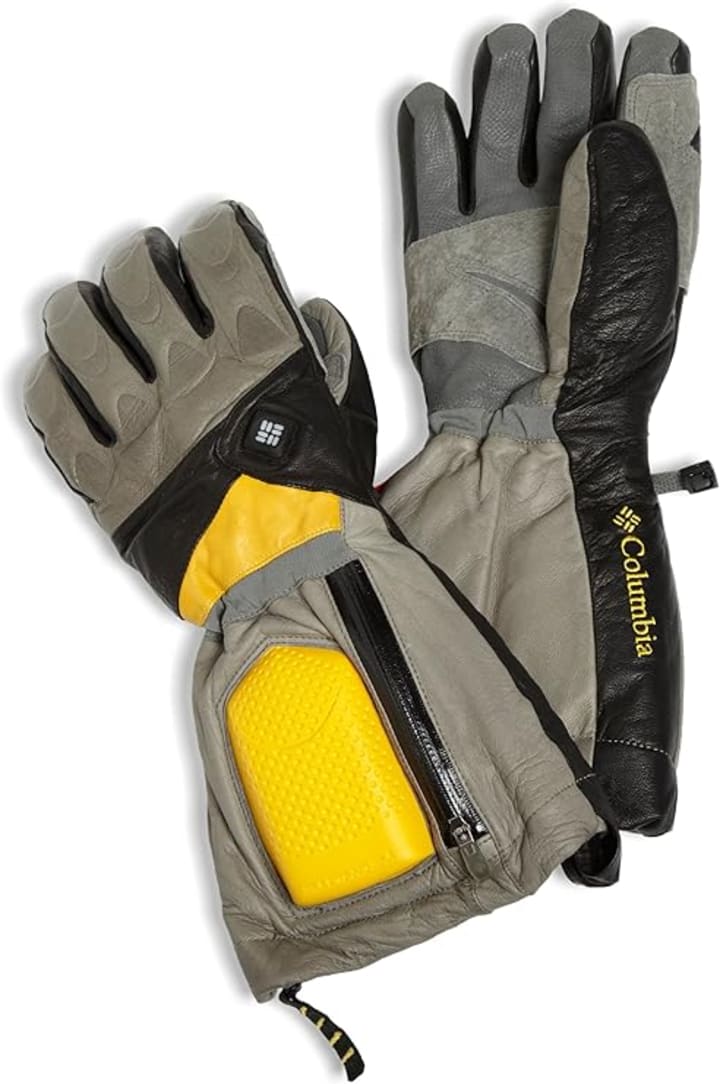
About the Creator
James Ospina
A twenty-something English writer passionate about entertainment, sports, and sharing diverse life experiences.
Enjoyed the story? Support the Creator.
Subscribe for free to receive all their stories in your feed. You could also pledge your support or give them a one-off tip, letting them know you appreciate their work.




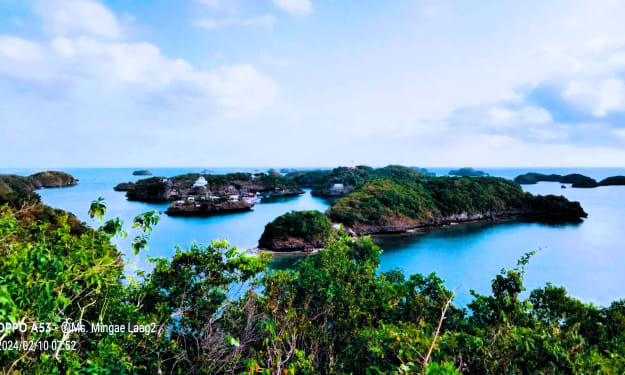

Comments
There are no comments for this story
Be the first to respond and start the conversation.